The Dutch Design Week 2022 is returning for its 21st edition after a successful 20th edition previous edition. The vibrant design festival has always drawn emphasis on the future of design and the design of the future with presentations from contributors across the world. The event brings a diverse range of product designers, industrial designers, multidisciplinary artists, design brands, architects, and design enthusiasts to the forefront at multiple locations across The Netherlands. The design event will take place from October 22, 2022, to October 30, 2022, and will feature numerous design installations, presentations, launches, and discourses throughout the week.
A noteworthy design practice shifts the spotlight on rendering contemporary sculptures using 18th-century antiques. Netherlands-based designer Ivi Van Keulen’s ‘Smashing Heritage’ is a presentation of sculptural artworks that have been repurposed by breaking 18th-century Delft vessels, porcelain vases and plates that have worn out over time. The exhibition will be held at Hall 6 of Daalakkersweg business park in Eindhoven all through the design week.
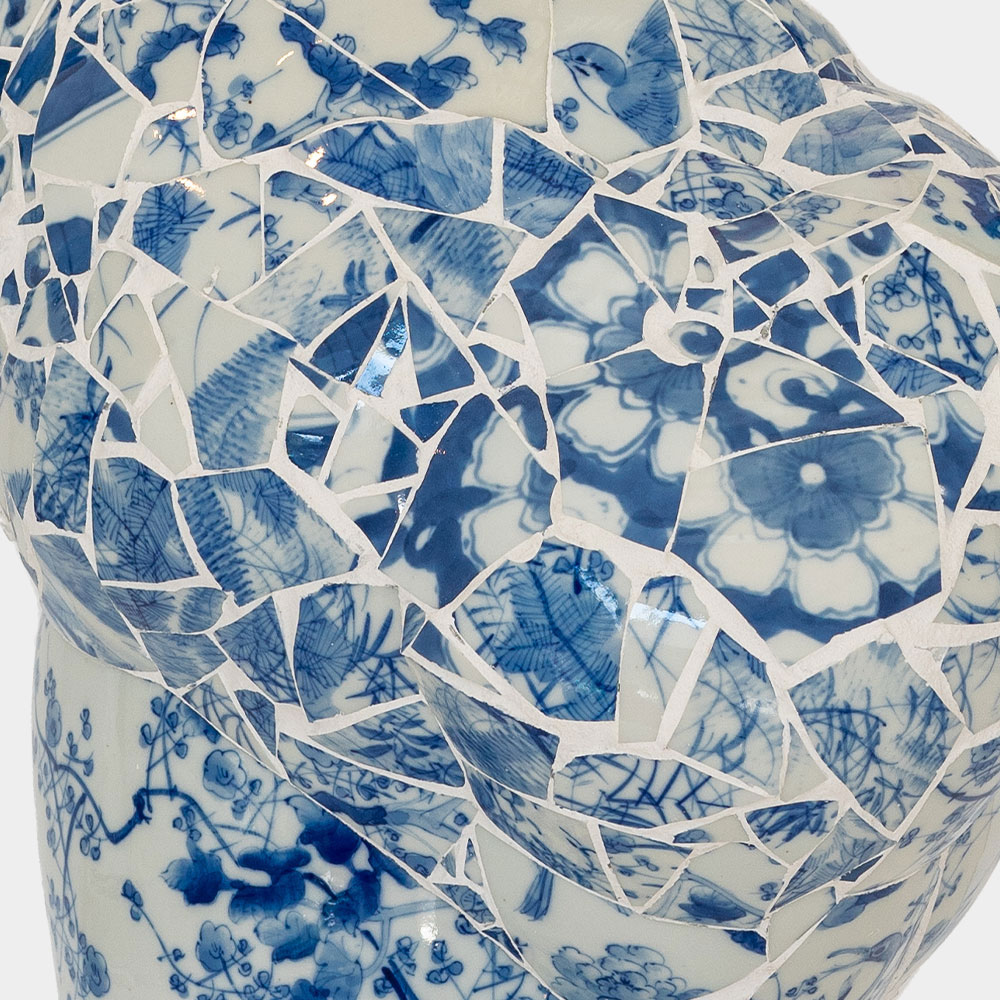
The value of art and design has always been established through many determinants including the period in which it was made, the materials used, the Dutch artist's expression, the artwork’s narrative, monetary value and even the craftsmanship. However, just as with any arbitrary piece of history, art in all of its facets gets subjected to wear, tear and distortion over time, often resulting in either the loss of its heritage value or damage to its original shape and form. Over the centuries, the teachers of the Zen meditative school developed a technique called Kintsugi that disputed the usual discarding of these bowls, pots, vases and cups and reinstated the broken objects to their original forms and shapes using a ‘golden repair’. Translating to ‘joining with gold’, the broken pieces of the objects are carefully picked up, reassembled and then glued together using a lacquer infected with a luxuriant gold powder. This technique was their attempt to honour the historic importance and cultural value of each item. The result is an undisguised object honing its cuts and cracks into beautiful golden veins. Keulen considers the age-old tradition of embracing the beauty of antiques in the form of worn-out vessels pieced together as an honorary symbol of respect for the heritage.
Keulen saves the relics from the ravages of time by destructing old vases and collecting their bits and pieces. “I offer a space where destruction and creation collide—creating new pieces from damaged and discarded objects instead of creating visual art pieces from new materials. Therefore being cognisant of the fact that everything I create has an impact on the ecological and societal structure of our planet,” expresses the interdisciplinary designer and artist upon the creation of the sculptures. The 18th-century vases used in the process were meticulously created. They were hand-painted in intricate motifs and cured in glazing materials further presenting them as beautiful decorative art pieces. Each design or pattern painted on the antique vases was ascribed elemental references with great intricacies whose context evidently faded with time. Keulen observes the intricacies, destroys the antiques and braves fresh new shapes.
For instance, the bubble vase that Keulen created using two damaged vases. As an unplanned attempt at creating repurposed art, Keulen follows her instincts and intuitions, directing the broken pieces into shapes. She further fortified the final piece using lime cement adding durability and strength to it. "For some projects, you need copious amounts of butt-power. The power to sit on one's butt and work diligently until a piece is finished,” says Keulen. The bubble vase imitates a feminine shape pieced together from bits of heritage.
Furthermore, her Cactus vase adapts the shape of a cactus coated in shimmering pieces of antique Delft vases. The authentic details and blue strokes remain intact but in a brand-new arrangement and form. “By breaking them and reforming them to new and brave shapes, as new works, I will give them value in the modern world,” concludes Keulen.






 Sign in with email
Sign in with email


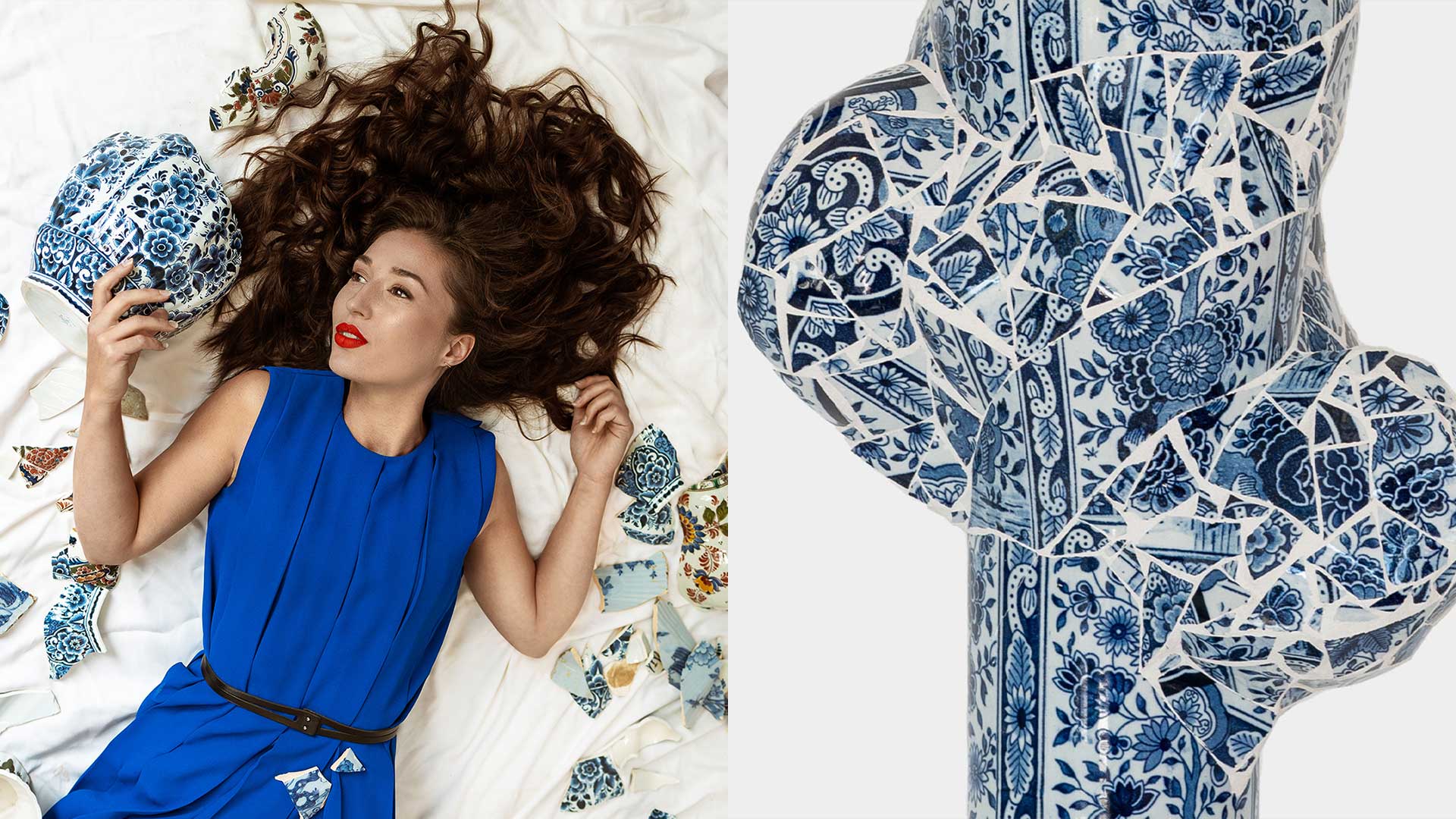
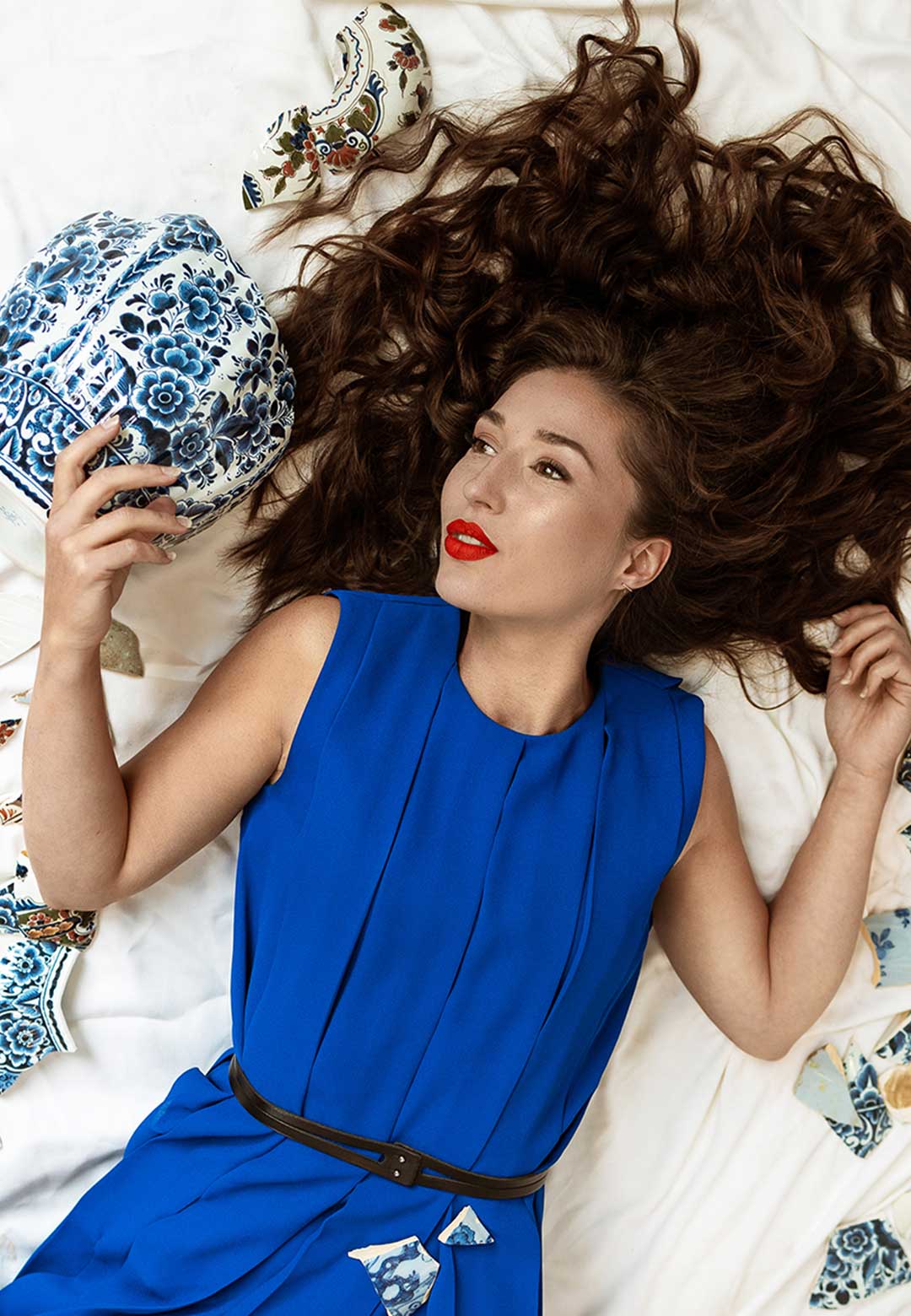
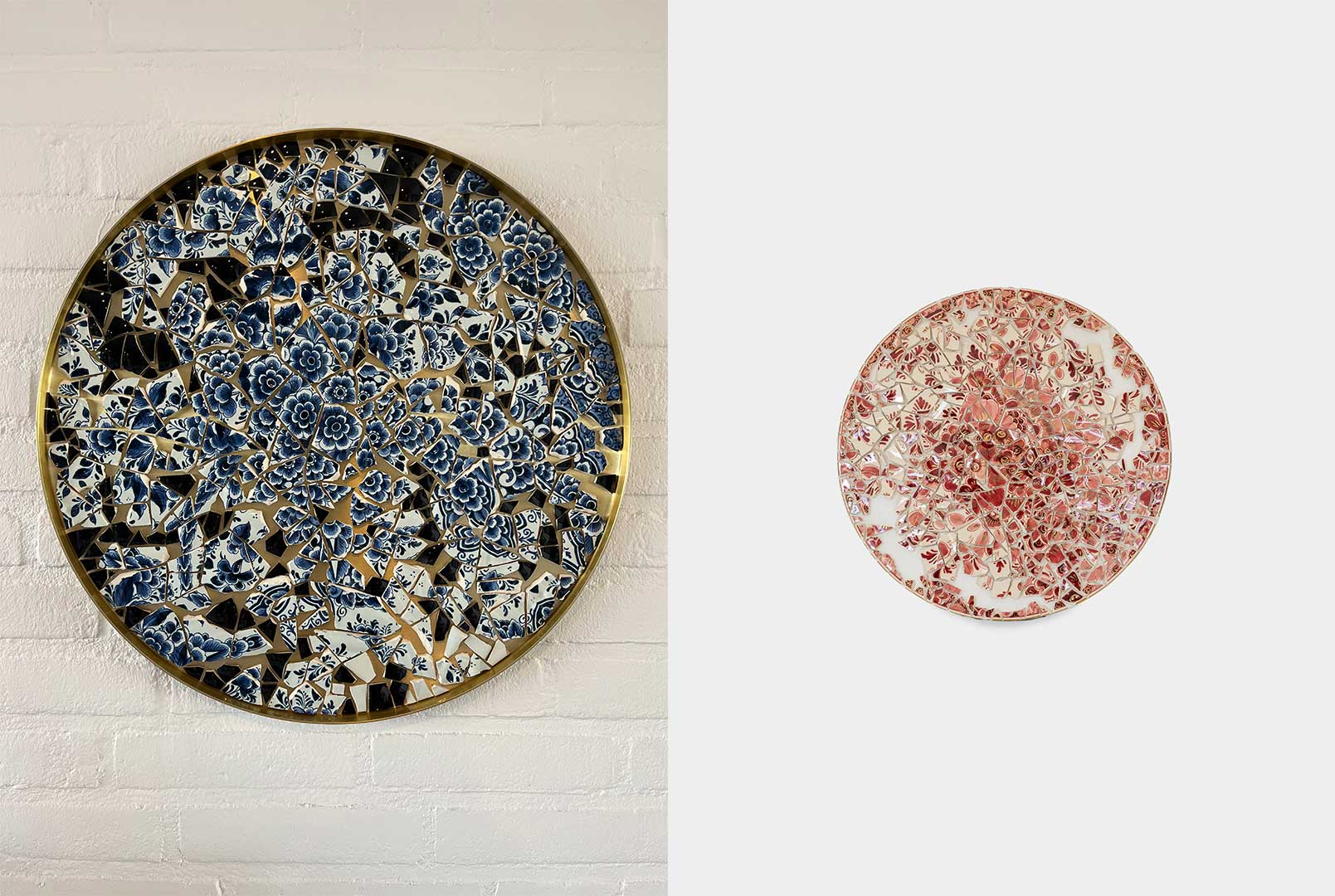
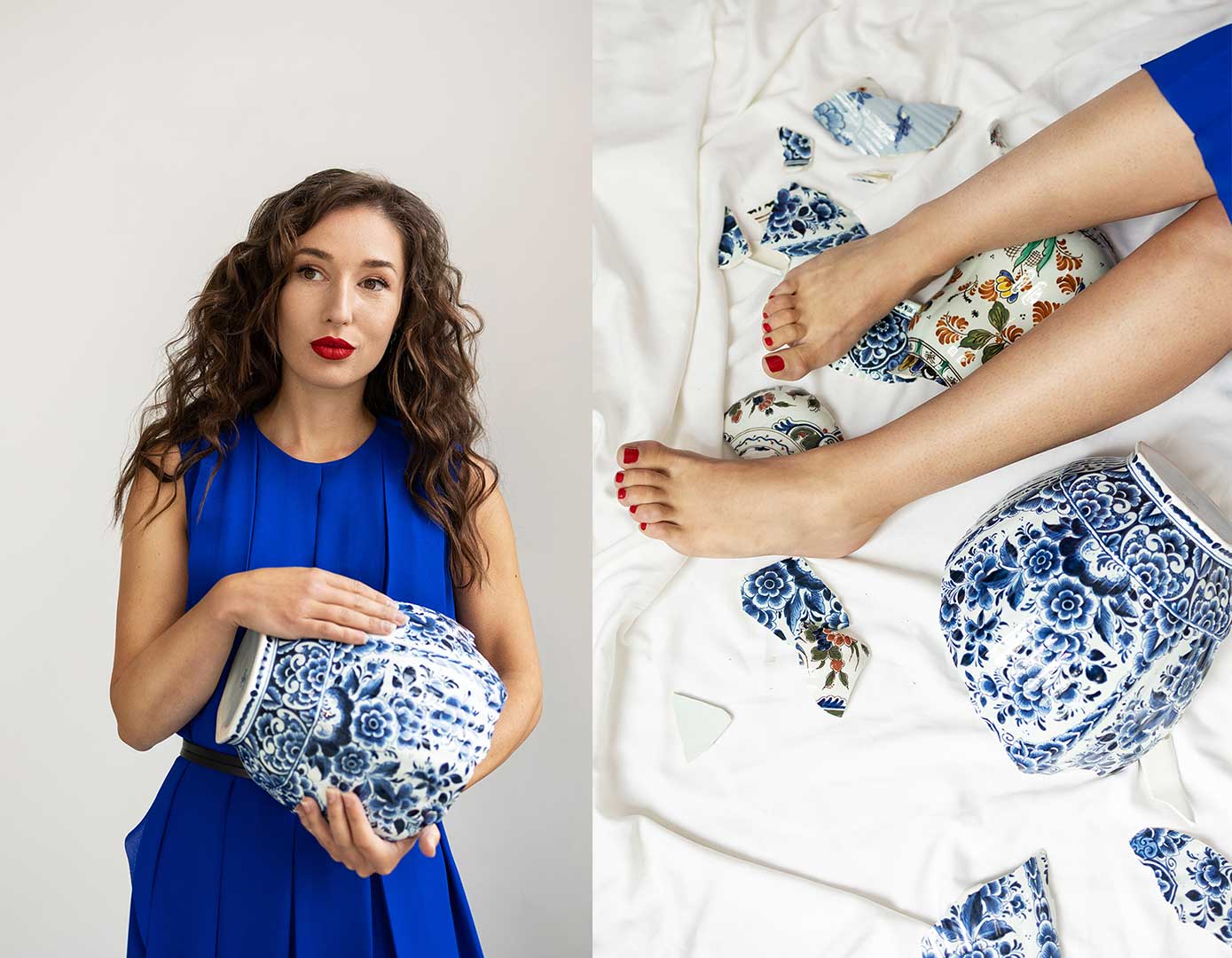
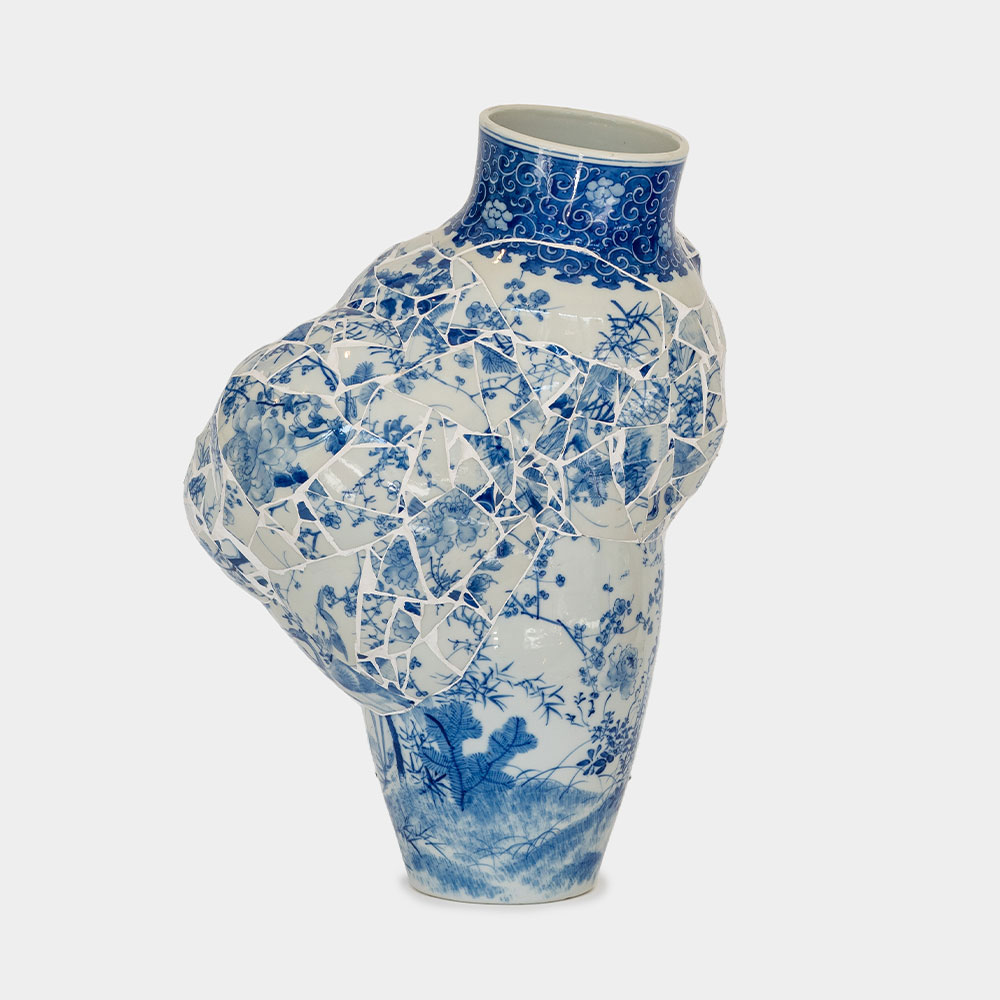
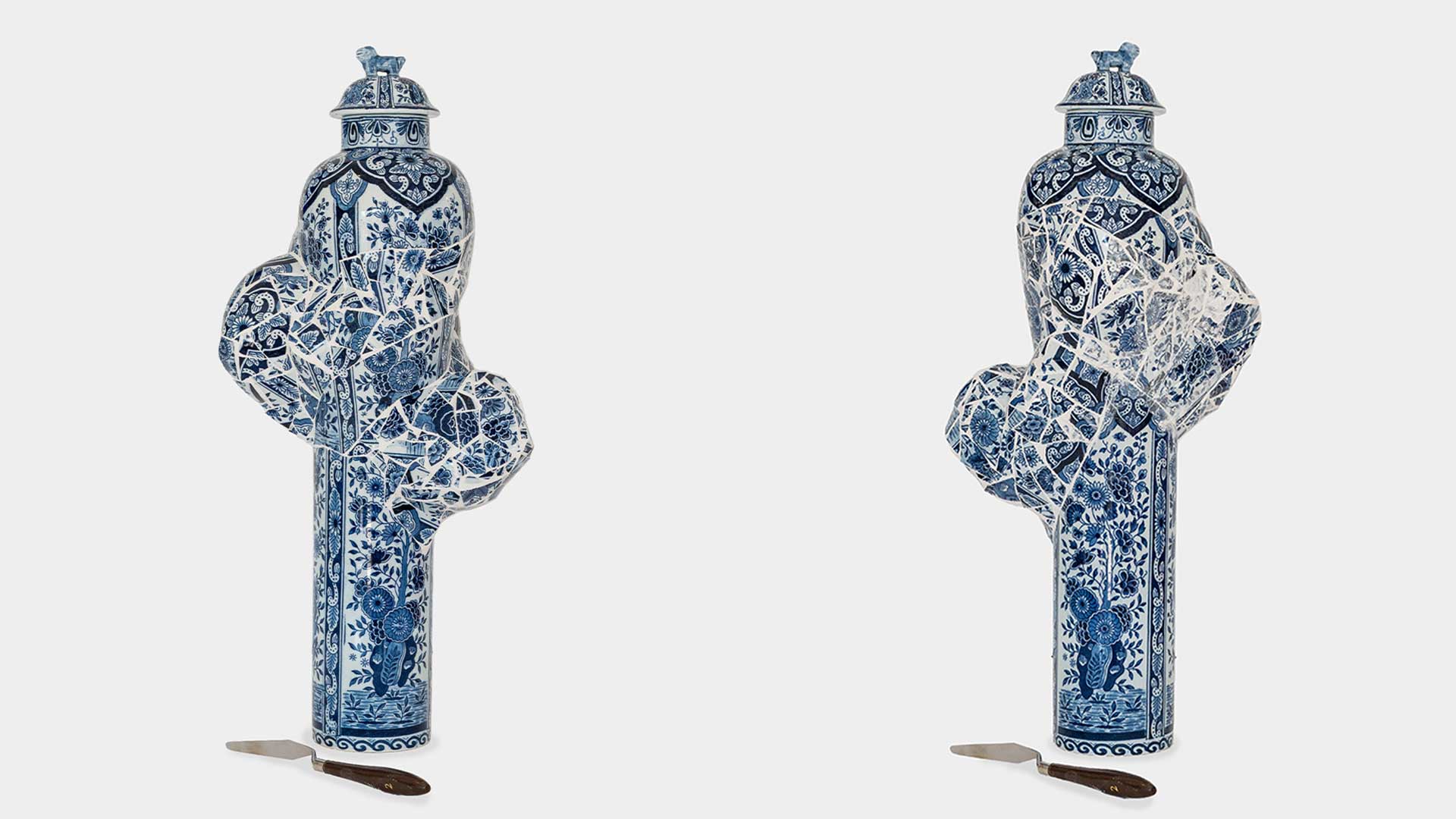
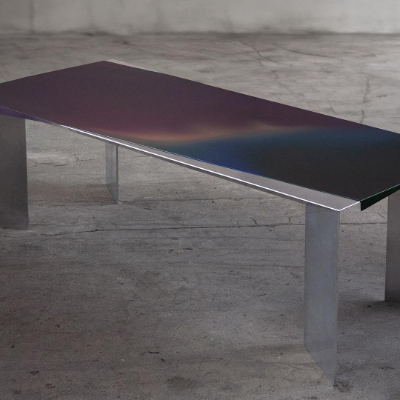
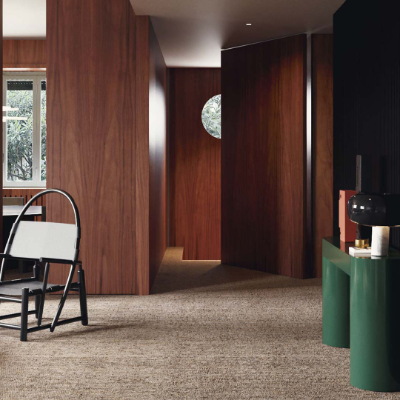
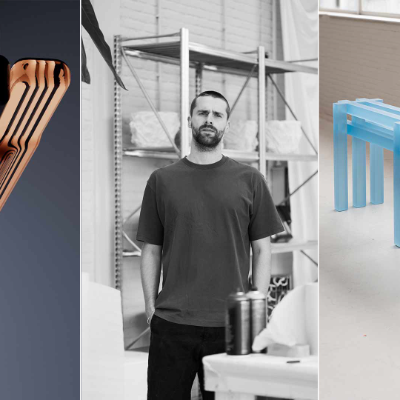
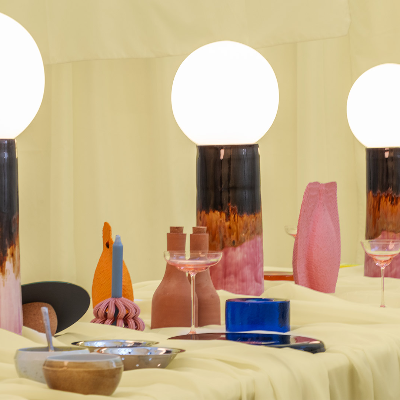
What do you think?